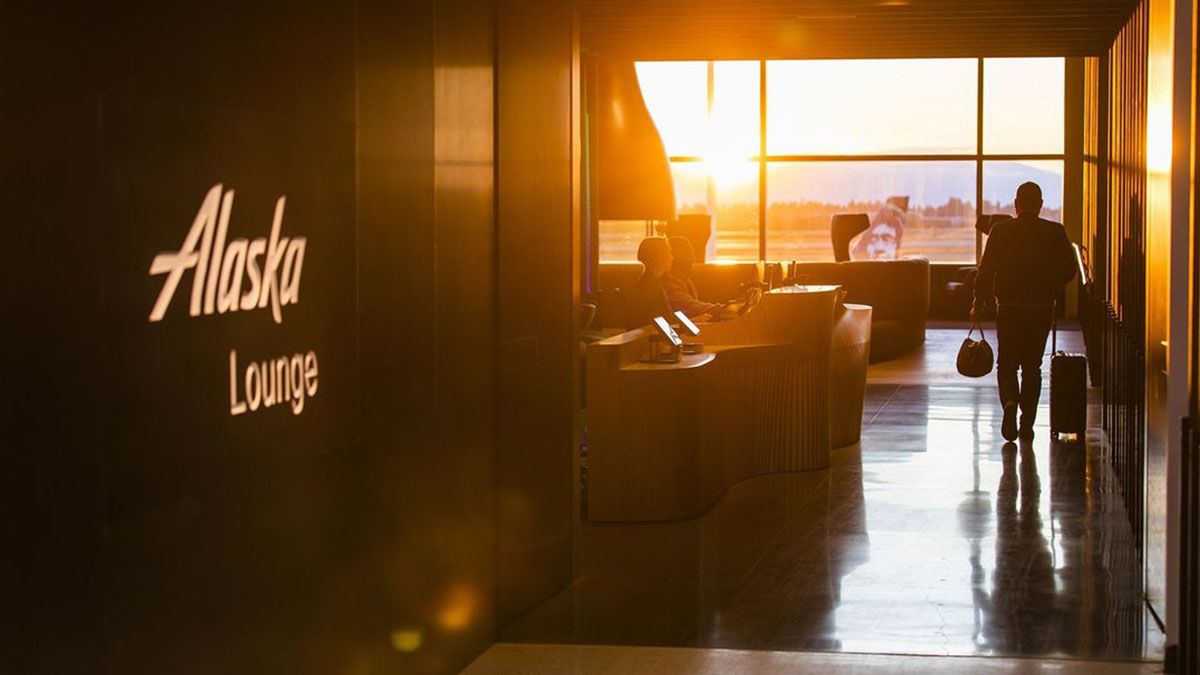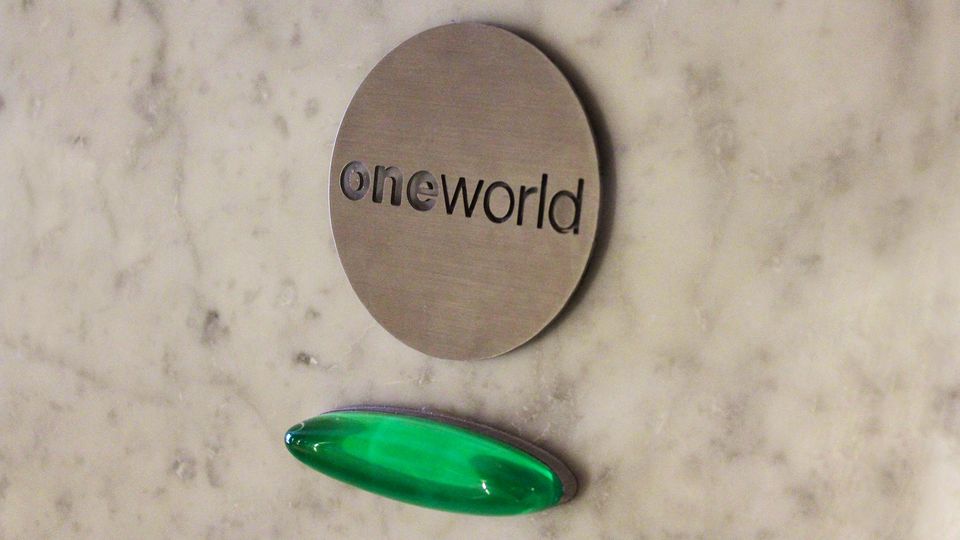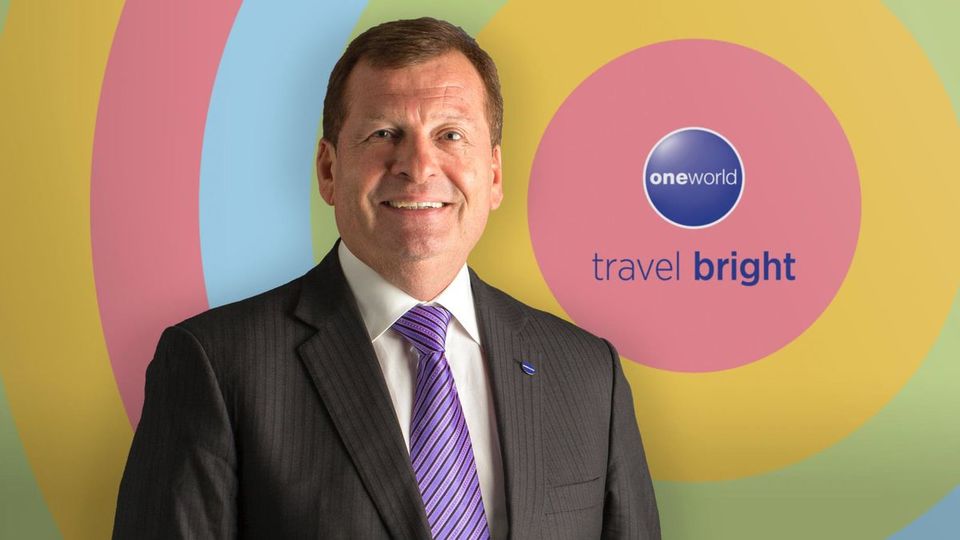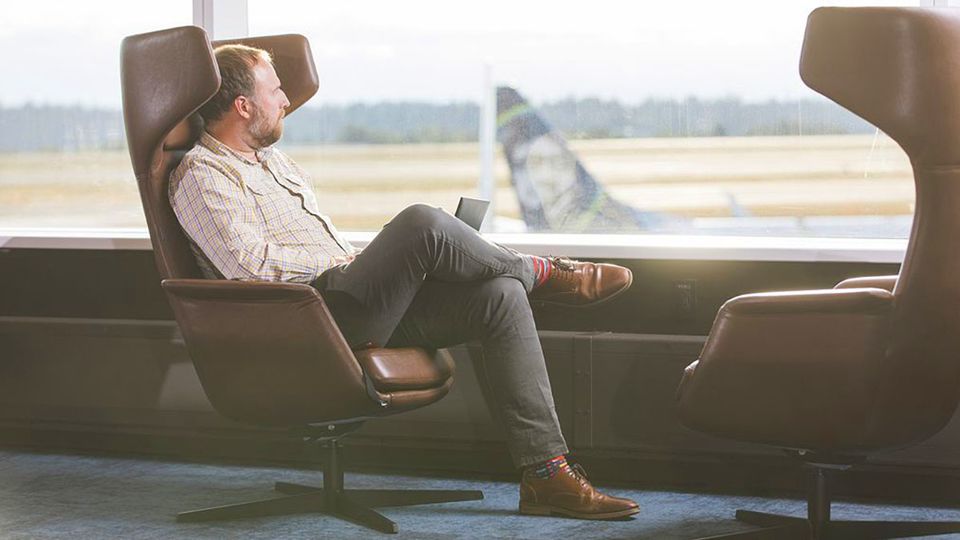Oneworld CEO: what Alaska Airlines brings to the alliance
With the US already home to American Airlines – one of Oneworld's founding members – what does Alaska Airlines bring to the table?

Executive Traveller exclusive
As Oneworld expands its presence in North America with Alaska Airlines joining in 2021, the alliance will then count 14 full member airlines under its belt: giving travellers more choice, and more connectivity, within and beyond the United States.
But with the US already home to Oneworld founding member American Airlines – the world’s largest airline by several measures including passengers carried, passenger kilometres flown, and fleet size – what does Alaska bring to the table?
We caught up with Oneworld CEO Rob Gurney, to find out.
Alaska Airlines, American Airlines share turf
When Alaska enters the Oneworld fold, it’ll mark the first time the alliance has had two full member airlines based in the same country, when those members aren’t under the same corporate umbrella.
It’s a distinct difference to the day US Airways hopped into Oneworld in 2014 as an 'affiliate' member – jumping from Star Alliance, as part of a merger between it and American Airlines – as Alaska is joining in its own right, not as part of a merger or takeover.
“There are a substantial number of areas where American Airlines is strong and Alaska Airlines is strong as well,” Gurney observes.
“American announced a West Coast Alliance program with Alaska earlier in the year, and that was really the catalyst: enabling a pathway for Alaska to come into Oneworld.”
“We’ve been very keen to have them in the alliance for some time, and we are very pleased that they've joined us.”
From West Coast Alliance to Oneworld alliance
The West Coast Alliance had been planned as a springboard for American Airlines to expand its network from Seattle to places like Bangalore and London Heathrow, with the Alaska Airlines partnership enabling smoother connections between those international flights and the domestic network.
As well, through reciprocal codesharing and a combined lounge portfolio, the two airlines would gain better access to each other’s passengers and lounges, particularly in key hubs like Los Angeles.
“For Oneworld, it puts us in a very strong position up and down the West Coast,” says Gurney, “and the clear number one position as an alliance in cities like Los Angeles and obviously Seattle and Portland, and escalates our positioning at airports like San Francisco, in terms of the number of flights that we operate.”
“A few years ago, Alaska Airlines acquired Virgin America, which significantly increased their footprint up and down the West Coast.”
That gave Alaska a broader network, a larger fleet, a growing frequent flyer cohort – with Virgin America’s Elevate program and its members absorbed into Alaska Airlines’ Mileage Plan – and ultimately, made the airline even more appealing to Oneworld and its member airlines.
“I think Alaska is a wonderful airline: they have a very strong brand, and they have an excellent loyalty program,” Gurney underscores.
Now boarding: status credits on Alaska Airlines
Every time an alliance welcomes a new member into the family, a significant amount of work takes place in the background to make that happen.
Some of that is pure negotiation – such as deciding how many points or miles travellers can earn in the air, both in the frequent flyer program of the joining member (Alaska Mileage Plan, in this case), and in the frequent flyer schemes of Oneworld’s existing members.
“We're in a good position because Alaska had very strong bilateral relationships with a number of the Oneworld members already,” Gurney shares.
“That helps the onboarding because some of the core commercial agreements that are going to be introduced, are already in place,” many requiring only minor adjustments – such as the introduction of status credits or tier miles on Alaska Airlines flights – rather than being designed from scratch.
For example, Qantas Frequent Flyer cardholders have long been able to earn Qantas Points, although not status credits, when travelling with Alaska Airlines on an AS flight number, via the direct partnership between the two airlines.
Once Alaska joins the Oneworld alliance, it’s expected that those earning rates would largely continue, but with the addition of status credits too, as is standard in Qantas Frequent Flyer when travelling across the alliance.
Read: Alaska Airlines joining Oneworld: what it means for Qantas frequent flyers
Spending points, recognising status across Oneworld
Beyond the agreements and practicalities of earning frequent flyer points across the alliance, there’s a significant amount of work done behind the scenes to enable points to be spent, as well.
For example, members of Alaska’s Mileage Plan program will be able to book flights using miles right across Oneworld – and members of other Oneworld programs will be able to book tickets with Alaska Airlines using their own miles.
These integrations don’t happen overnight: nor, for that matter, do the IT links that facilitate the other features of Oneworld.
These include being able to connect from one Oneworld airline onto another via a single ticket – with the onward boarding pass already in-hand, and any checked baggage tagged through to the passenger’s destination – and of course, lounge access for eligible travellers.

“It's moving at a fairly rapid pace,” Gurney shares of Alaska’s integration into the alliance, “so, we would expect them to be fully onboard by the end of the first quarter in 2021.”
“It wasn't so long ago where for airlines coming into Oneworld, the integration process was more than 12 months, sometimes a year and a half. Now, we're managing to do these things in about half that time.”
Even so, behind all the negotiations, IT integrations, and other work that goes into the joining process, Gurney is guided by one clear principle.
Whether it’s lounge access, earning and spending points, connecting between airlines or anything else under the Oneworld umbrella, “there’s just one goal in mind and one goal only, and that is to really make sure that the customer experience is what's been promised.”
“If an Alaska Airlines customer turns up in Tokyo, or in Sydney, we really want to make sure that the customer is going to be recognised as a Oneworld member,” and vice versa, when other Oneworld frequent flyers take a journey with Alaska, from early next year.
Also read: Oneworld moves forward with alliance-wide upgrades


Hi Guest, join in the discussion on Oneworld CEO: what Alaska Airlines brings to the alliance